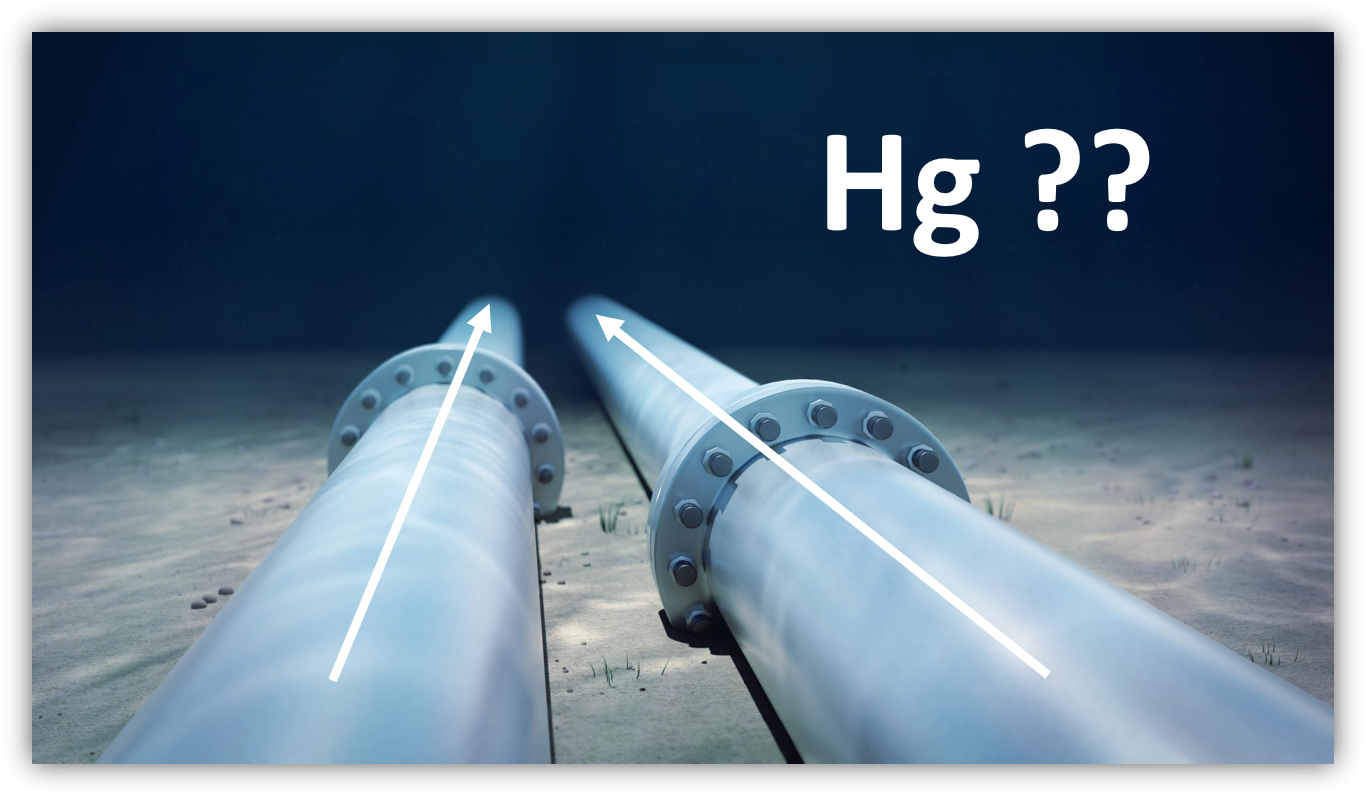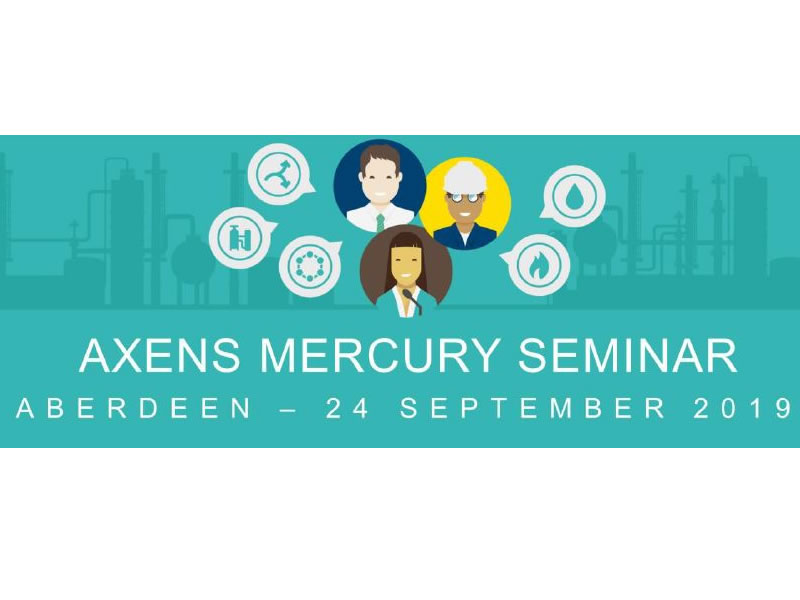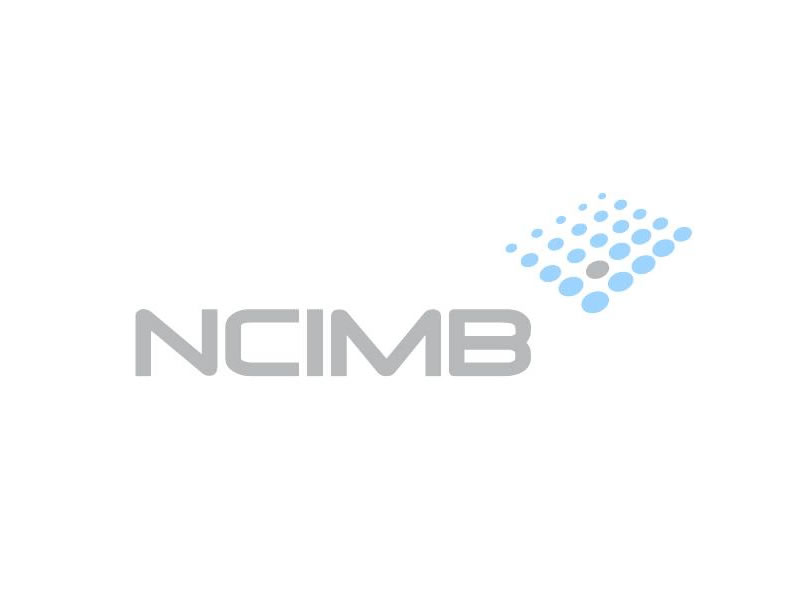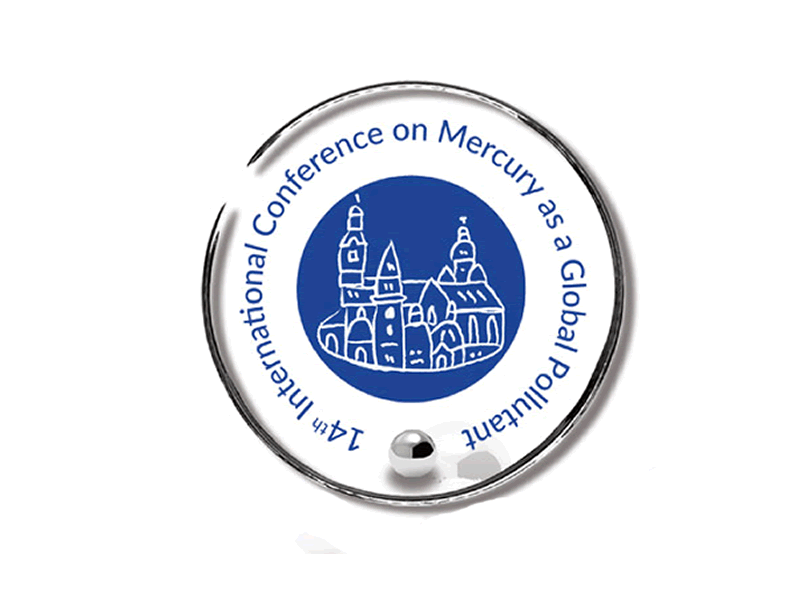Qa3 frequently give oral presentations on the topic of “mercury loss to various process systems across a gas processing facility”. One key process is dehydration of gas using either gylcol or molecular sieve. Both have the secondary effect of removing mercury from the gas via adsorption (rather than chemical reaction), typically between 10 - 30% of the mercury. During the regeneration cycle of the glygol / molecular sieve, trapped mercury will be released resulting in a regeneration gas containing a high concentration of mercury. It is therefore very important to consider the fate of this regeneration gas whether that be flaring or fed back into the process.
On a recent study Qa3 observed that 85% of the mercury in the gas was lost to molecular sieve media. Subsequent analysis showed that the media at the inlet contained 100 ppm mercury whilst the outlet samples contained just 0.9 ppm mercury. Further investigation showed that H2S in the gas was forming a sulphide on the surface of the media. This sulphide was reacting with mercury and forming mercuric sulphide (HgS), which was not removed during the regeneration cycle and hence mercury was accumulating within the unit.
From this study, Qa3 have demonstrated that for processes where molecular sieve is being fed by a high H2S gas with significant mercury, consideration must be given to the potential for exposure to mercury contaminated media upon changeout.”










